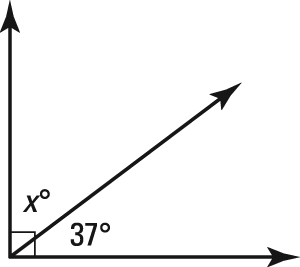

Including terms that are out of place, for example the taxonomic affiliation apart from species name.įor Corrigenda, General Commentaries, and Editorials, the title of your manuscript should have the following format. Vague titles, for example starting with 'Role of', 'Link between', or 'Effect of' that do not specify the role, link, or effect Unambitious titles, for example starting with 'Towards,' 'A description of,' 'A characterization of' or 'Preliminary study on' Titles that are a mere question without giving the answer In extreme cases, the editorial office may veto a title and propose an alternative. Consider if a title meant to be thought-provoking might be misinterpreted as offensive or alarming. Witty or creative titles are welcome, but only if relevant and within measure. Abbreviations should be avoided within the title. The title should be concise, omitting terms that are implicit and, where possible, be a statement of the main result or conclusion presented in the manuscript. Frontiers authors will receive a 10% discount by visiting the following link: /frontiers.įrontiers recommends the Charlesworth Group's author services, who has a long-standing track record in language editing and proofreading. They can help to improve the grammar, syntax, and flow of your manuscript prior to submission. These services may be particularly useful for researchers for whom English is not the primary language. Editorial decisions on the scientific content of a manuscript are independent of whether it has received language editing or proofreading by these partner services or other services.įrontiers recommends the language-editing service provided by our external partner Editage. Note that sending your manuscript for language editing does not imply or guarantee that it will be accepted for publication by a Frontiers journal. Remember, only a pair of angles can be supplementary.Frontiers requires manuscripts submitted to meet international English language standards to be considered for publication.įor authors who would like their manuscript to receive language editing or proofreading to improve the clarity of the manuscript and help highlight their research, Frontiers recommends the language-editing services provided by the following external partners.


What does a supplementary angle look like? How do you find supplementary? Are all triangles supplementary? Supplementary and complementary angles do not have to be adjacent (sharing a vertex and side, or next to), but they can be. Supplementary angles are two angles whose sum is 180 degrees while complementary angles are two angles whose sum is 90 degrees. What is supplementary and complementary angle? Examples: 40° and 140° are supplementary angles. They don't have to be next to each other, just so long as the total is 180 degrees. Two angles are Supplementary when they add up to 180 degrees (a Straight Angle). Step 2: The larger angle AOP is the supplementary angle of the angle 40°. Join OA, the smaller angle AOQ measures the 40° angle. Check the inner side of the protractor, at angle 40°, mark the point as A. Step 1: Draw a line segment PQ, match the center of the protractor with O. EXAMPLE: 40º and 140º What is the supplementary angle of 25?Īnswer: The supplement of 25° is the angle that when added to 25° forms a straight angle (180° ).2 How do you draw a supplementary angle? In the next figure, ∠3 and ∠4 are supplementary, because their measures add to 180°. But, two angles need not be adjacent to be supplementary. The two angles of a linear pair, like ∠1 and ∠2 in the figure below, are always supplementary. Supplementary angles are two angles whose measures add up to 180°. Supplementary angles always form a straight angle (180 degrees) when they are put together. For example, if ∠A + ∠B = 180°, then ∠A and ∠B are called supplementary angles. What are Supplementary Angles in Geometry? In geometry, two angles are said to be supplementary angles if they add up to 180 degrees. What is supplementary angle with example?
#Find supplementary angle how to#
Using a variety of different examples, we have learned how to solve the What Is Supplementary Angle In Math. When the sum of two angles is 180 degrees then it is called supplementary angle


 0 kommentar(er)
0 kommentar(er)
